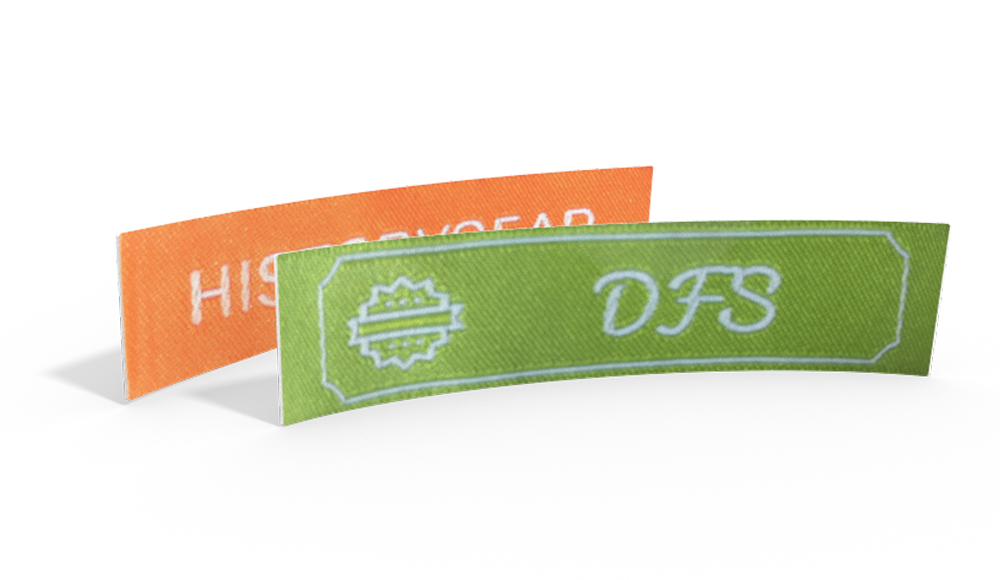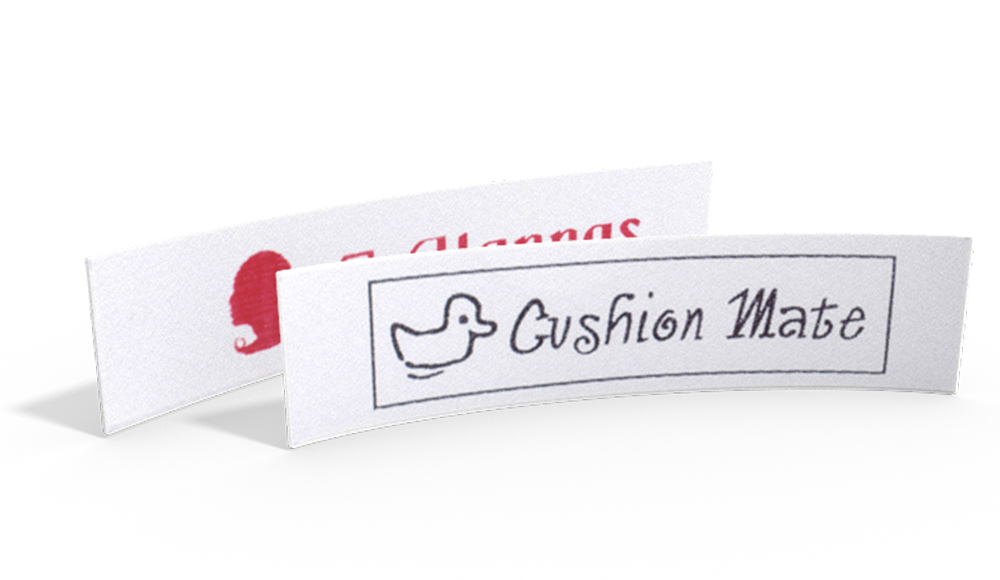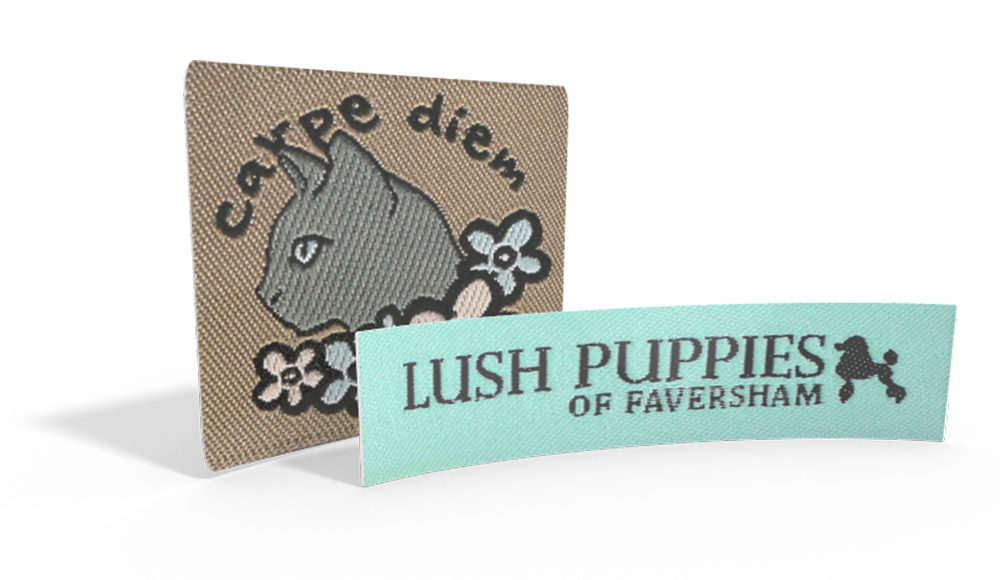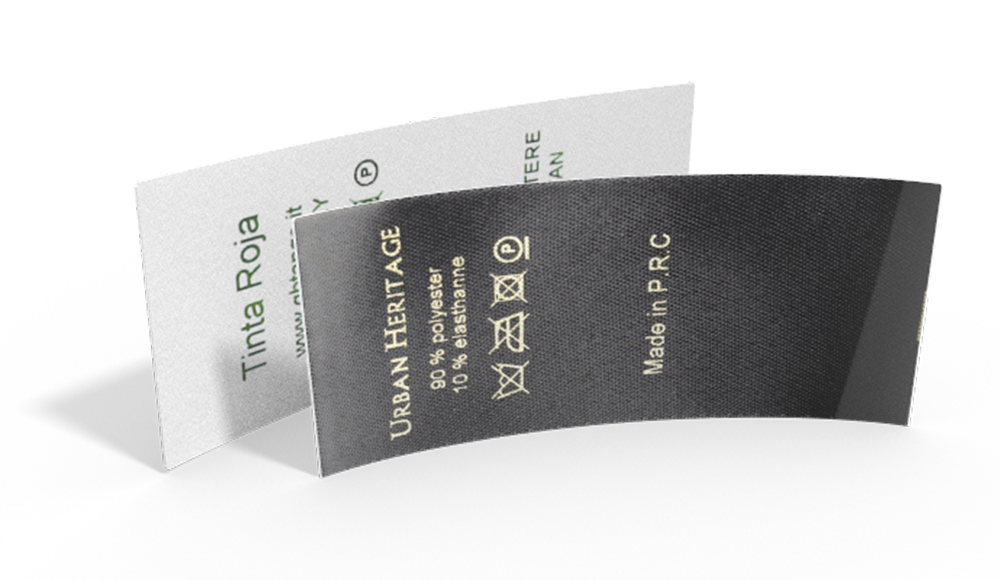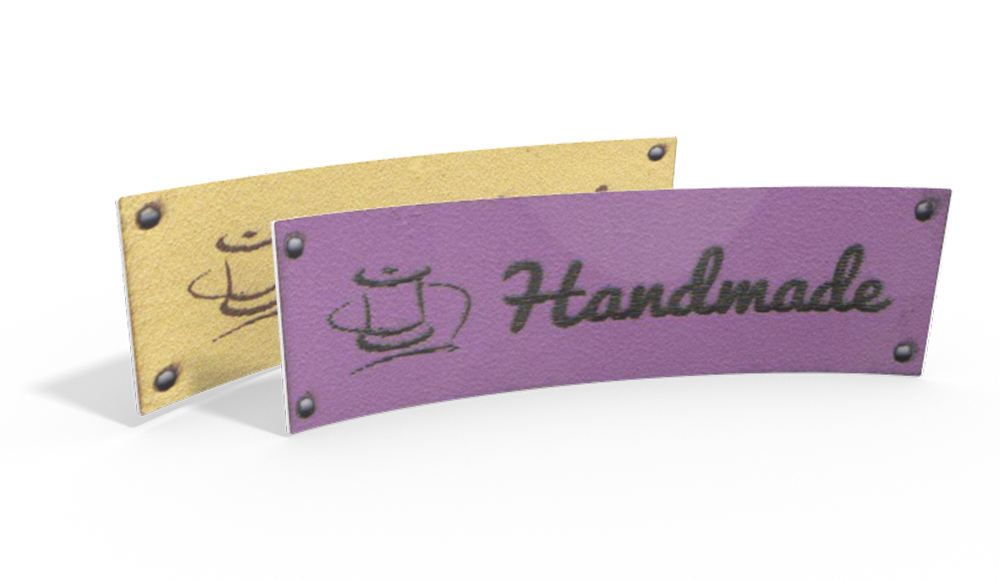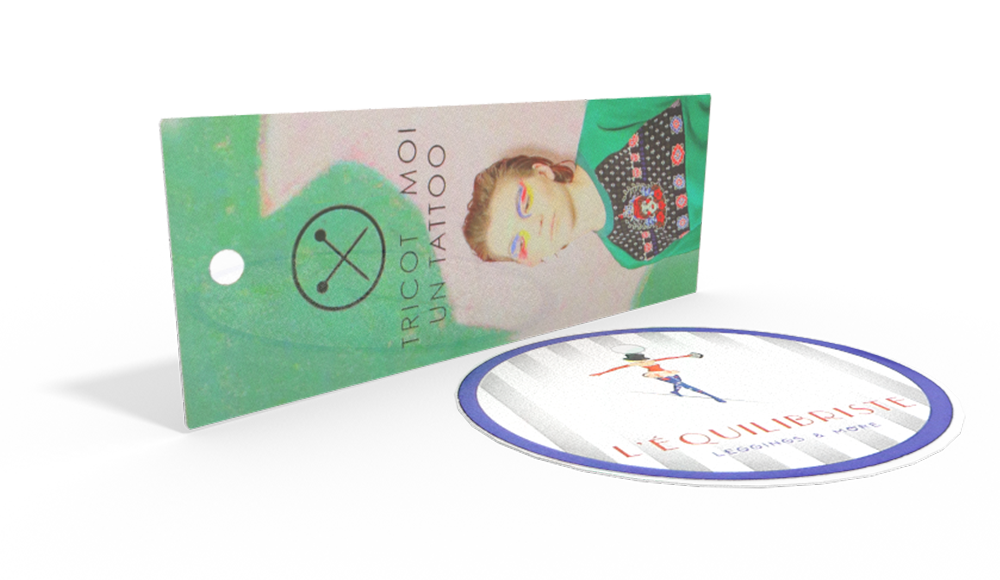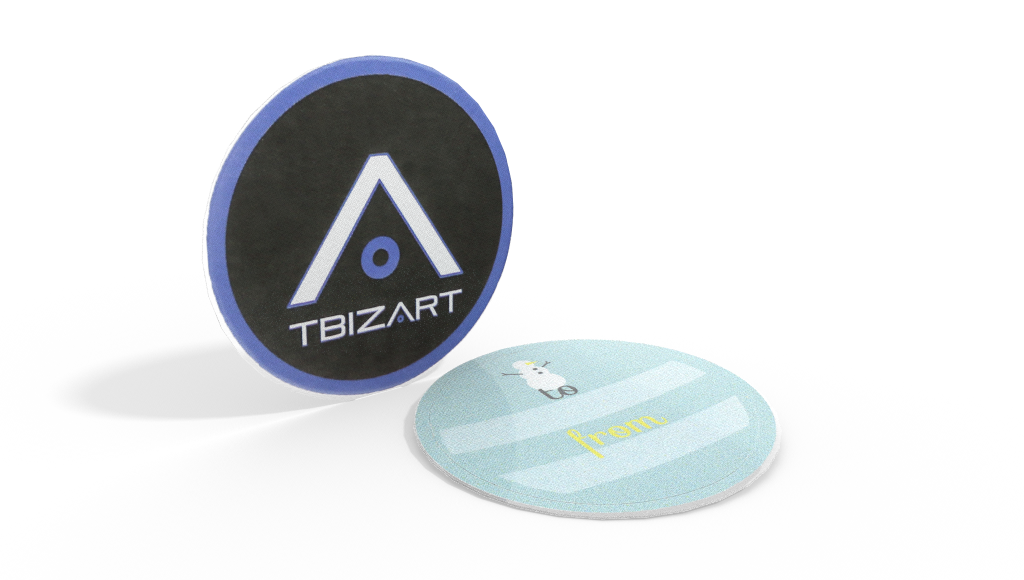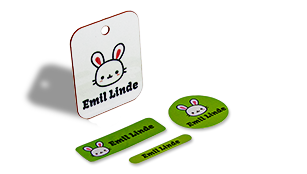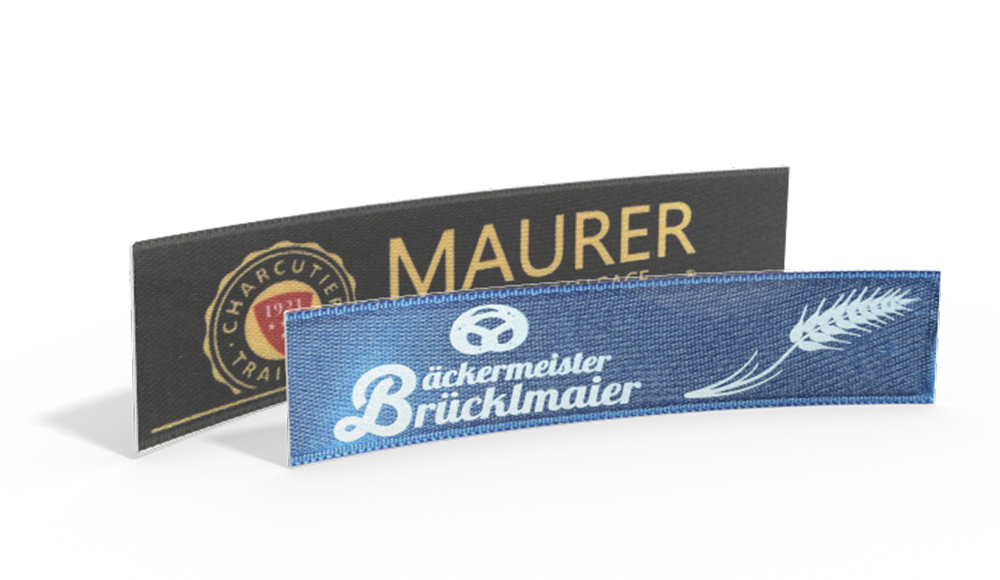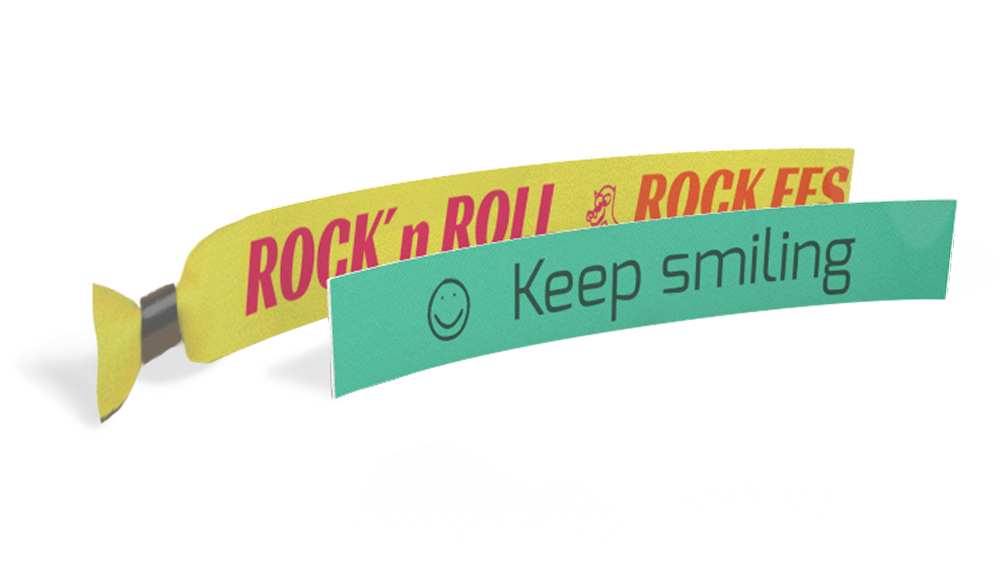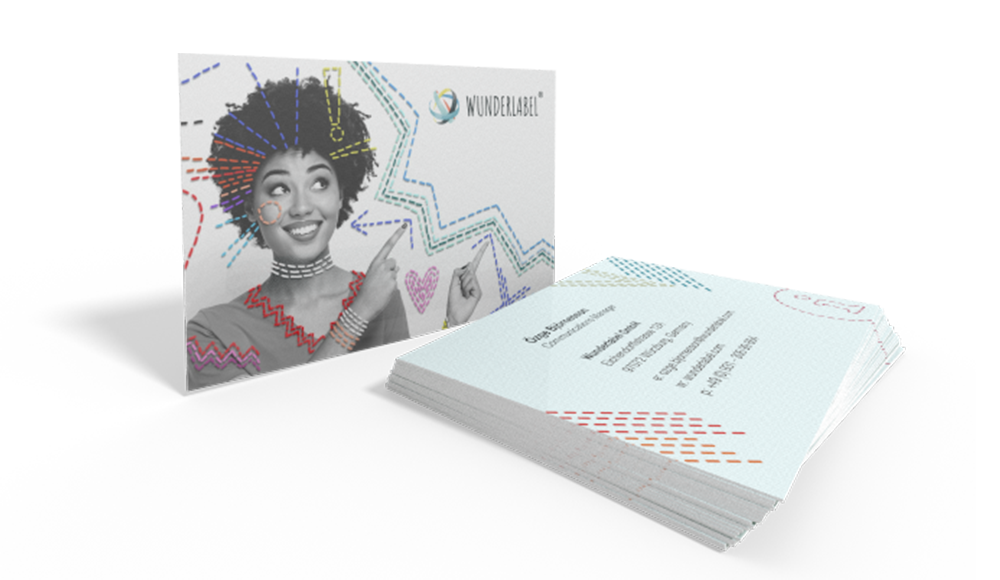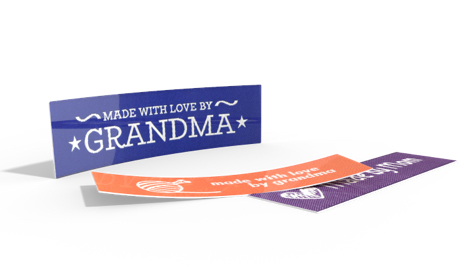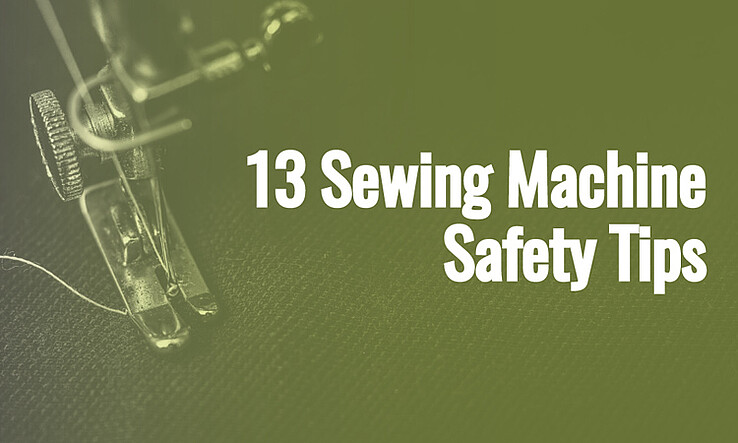Sewing by machine allows you to create sturdy seams quickly and efficiently, or add decorative stitching with a flick of a switch. It's also rather more dangerous than sewing by hand. Just as with any piece of equipment, however, you can stay safe—and keep your machine in tip top shape—by keeping these basic safety tips in mind.
Discover all the possibilities with Wunderlabel! >>
- Unplug it
You'd be shocked how often this basic step is forgotten or overlooked. Whenever you make adjustments to your sewing machine, whether it's changing the needle or untangling a knot in your bobbin thread, take just a moment to unplug your machine. If it's particularly inconvenient to unplug each time, use a power strip with an on-off switch and cut the power to your machine. While you may be confident that you haven't left the machine on and won't accidentally step on the pedal and cause the machine to move while you're working on it, you can't always predict what might happen. Maybe a curious youngster who's "helping" with your work decided to turn your machine back on when you weren't looking, or you simply forgot (it happens to us all). No matter what the cause, it's a problem that can be avoided by unplugging the machine.
- Use the right needle
There are a range of needles available for your sewing machine, and it's important to use the right needle for the right project. For example, ballpoint needles are blunted, perfect for sewing knits, but terrible for tough fabrics like vinyl or canvas. All-purpose needles are typically a good choice, but they're no match for denim and leather. Using the wrong type can cause the needle to snap or shatter, which is dangerous not only for you as a sewist, but for your machine as well. It's easy to throw off the timing of your machine's action by trying to sew through material that's too tough, a malfunction that requires professional intervention to repair.
Use attachments designs for your machine
There are lots of different sewing machine manufacturers, and they've all got slightly different specifications for their attachments and accessories. Some items, like needles and bobbins, are typically standardized from brand to brand, but attachments like presser feet, rufflers, and twin-needle rigs are not always interchangeable. Whenever you buy a new attachment, opt for one produced by your machine's manufacturer. Using other companies' equipment can also invalidate warranties on your machine, so be cautious!
- Don't sew over pins
Sewing over pins can have the same effect as using the wrong needle with a tough fabric—bent or shattered needles, torn fabrics, or worse. When pinning, always insert your pins perpendicular to the line of the seam, rather than along it. This will make it much easier to remove them as you sew, especially if you make sure they're all pointed in the same direction.
- Keep up with maintenance
Keeping your sewing machine in good repair is one of the easiest ways to keep it not only in tip-top form, but safe to use as well. Follow the instructions that come with your machine to keep it clean and oiled. Fine brushes work well to remove lint from the inner workings. Avoid using compressed air unless your instructions call for it specifically. Compressed air has a tendency to drive lint and thread bits deeper into your machine, where they can be tough to remove and cause further damage. Check out this tutorial for maintenance tips and tricks.
- Use the right supports
Ever straightened up after working on a project only to feel your back and shoulders creak and ache with protest? You may not think of this as a safety risk, but poor seating and table supports can actually cause real damage to your health and well being. Use an adjustable seat, and, if necessary, add a lift beneath your feet so you can keep them flat on the floor. The best option for a sewing table is a drop-in table, which puts the deck of your sewing machine flush with the table's surface. Not only does this give you more workspace, but it lets you keep your forearms flat while working, preventing strain on your arms and shoulders.
- Don't force it
When your sewing machine binds up in the middle of stitching through a heavy seam or over bulky seam allowances, it's tempting to just push a little harder on the pedal and accelerate over the tricky bit, but that's a recipe for trouble. Forcing your machine to handle material that's too heavy will cause bent or broken needles and possibly even worse damage to your machine. If your machine binds and you've only got a few stitches to go (such as stitching over a perpendicular seam, where seam allowances add bulk for only a short distance), take your foot of the pedal and use the hand wheel to advance your machine stitch by stitch. This allows you to feel if undue pressure is put on the needle and see if you can adjust the placement ever so slightly to make sure no damage is done to you, your machine, or your project!
- Work in a well-lit space
Working by poor light is as uncomfortable as working with the wrong chair or table. Not only does it cause eyestrain and make it difficult to see your work, but it also increases the likelihood of errors, including those that can be dangerous, like sewing over pins or misjudging the distance to your needle. Diffuse natural light is best for sewing, since it doesn't cast deep shadows and shows colors and textures at their best. If your sewing room has poor natural light, use daylight-colored task lights over your work area to provide the same effect.
- Store it safely
Sewing machine safety doesn't end when you finish your project. If you store your sewing machine on shelves between uses, make sure to place it on lower shelf so there's no risk of it falling on you when you take it out again. If you use a case that latches closed, always be sure the latches are secure before lifting the case. For sewists who store your machines out on your work table, cover it to protect it from dust and unplug or disconnect power from it to prevent accidents.
- Slow down
There are home sewing machines on the market now that can manage hundreds of stitches per minute, but for most sewing, that kind of speed just isn't necessary. Slowing down helps avoid skipped stitches, sewing over pins, stretching your fabric, and, of course, catching your fingers in the needle mechanism as you sew! So the next time you're tempted to dash through a seam just because you can, spare yourself the hassle of having to redo it—or the very sore fingers!
- Take a break
Sometimes you just need to walk away from a project. Whether it's because everything is going well, and you've been working for hours, or because nothing seems to be going to plan and you're getting frustrated, remember to get up from your work and get a change of scenery for a few minutes. It's good for you physically—refocusing your eyes on a greater distance helps prevent headaches, and getting up from your chair improves circulation—and also mentally. Coming back to a problem with a fresh outlook can help you find solutions you didn't see before, and prevents you from making mistakes that can damage you or your projects!
- Supervise beginners
Whether you're teaching a friend how to get started with machine sewing, or introducing it to kids for the first time, it's best to keep a close eye on them. Anyone unfamiliar with a sewing machine is more likely to make dangerous mistakes, but a bit of advice and coaching is usually all they need to prevent them from learning a lesson the hard way. With children, make sure to adjust the seating and table so that they can easily reach the pedal and see the sewing machine deck. Let them watch to see how it's done, and explain why you do each step, from carefully threading the needle and bobbin to choosing your tension and stitch length to placing your fabric and lowering the presser foot. Then help them perform the same actions and let them practice with your help. Before long, they'll be pros!
- When in doubt, ask the pros
If your sewing machine has been misbehaving, don't try to take matters into your own hands. While you can and should keep up with regular maintenance, troubleshooting is best left to professional technicians who can make sure these finicky machines are properly calibrated. Don't have a favorite repair shop? Check with local sewing groups and crafting shops for personal recommendations.

